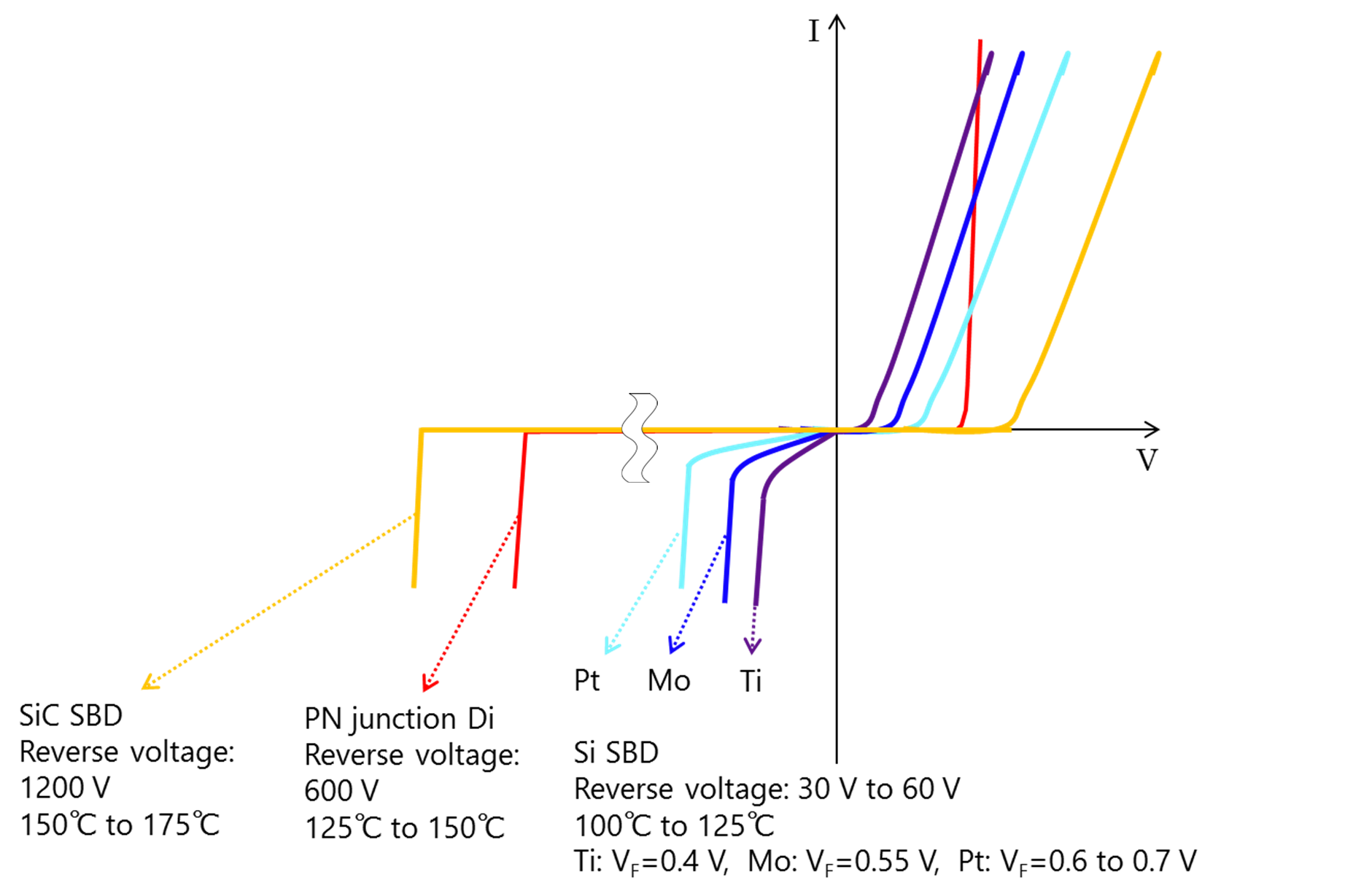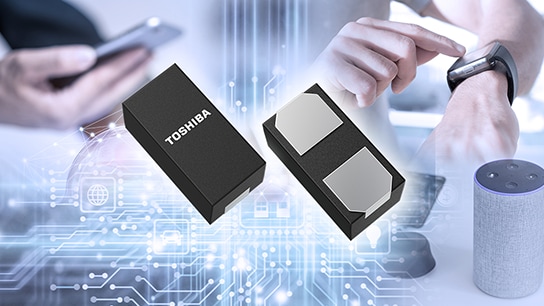- 半導體首頁
-
應用Automotive
Body Electronics
xEV
In-Vehicle Infotainment
Advanced Driver-Assistance Systems (ADAS)
Chassis
IndustrialInfrastructure
BEMS/HEMS
Factory Automation
Commercial Equipment
Consumer/PersonalIoT Equipment
Healthcare
Wearable Device
Mobile
Computer Peripherals
-
產品車用元件
Discrete Semiconductor
Diodes
電晶體
通用邏輯IC
Analog Devices
Digital Devices
Wireless Devices
※
: Products list (parametric search)
功率半導體※
: Products list (parametric search)
隔離器/固態繼電器Photocouplers
Digital Isolators
※
: Products list (parametric search)
MOSFETsIGBTs/IEGTs雙極性電晶體※
: Products list (parametric search)
Diodes※
: Products list (parametric search)
微控制器馬達驅動 ICs智能功率 ICs※
: Products list (parametric search)
電源管理 ICs線性 ICs※
: Products list (parametric search)
通用邏輯 ICs線性影像感測器其他產品其他產品
※
: Products list (parametric search)
-
開發/設計支援
開發 / 設計支援
-
技術知識
- 購買管道
- 型號 & 關鍵字搜尋
- 交叉搜尋
- 參數搜尋
- 線上庫存查詢跟購買
This webpage doesn't work with Internet Explorer. Please use the latest version of Google Chrome, Microsoft Edge, Mozilla Firefox or Safari.
型號需要超過三個文字以上 Search for multiple part numbers fromhere.
The information presented in this cross reference is based on TOSHIBA's selection criteria and should be treated as a suggestion only. Please carefully review the latest versions of all relevant information on the TOSHIBA products, including without limitation data sheets and validate all operating parameters of the TOSHIBA products to ensure that the suggested TOSHIBA products are truly compatible with your design and application.Please note that this cross reference is based on TOSHIBA's estimate of compatibility with other manufacturers' products, based on other manufacturers' published data, at the time the data was collected.TOSHIBA is not responsible for any incorrect or incomplete information. Information is subject to change at any time without notice.
型號需要超過三個文字以上
What is a Schottky barrier diode (SBD)?
SBDs employ a junction between semiconductor and metal such as molybdenum instead of pn junction. They are suitable for high-speed switching applications because of small forward voltage and short reverse recovery time.
A Schottky barrier diode (SBD) is a type of diode that has a junction formed between a semiconductor (typically an n-type semiconductor) and a metal such as platinum (Pt), molybdenum (Mo), or titanium (Ti), instead of a pn junction.
SBDs are designed to exploit a Schottky barrier created by a difference between the work function of a metal (i.e., the energy needed to remove an electron from the surface of a metal) and the electron affinity of a semiconductor. (In the case of an n-type semiconductor, a Schottky barrier is created only when a metal has a higher work function than the n-type semiconductor.)
SBDs have lower forward voltage than pn junction diodes because SBDs use a metal-semiconductor junction with a lower potential barrier than the pn junction.
The pn junction diode is a bipolar device in which both electrons and holes act as donors whereas the SBD, which is typically composed of an n-type semiconductor and a metal, is a unipolar device in which only electrons act as donors. Therefore, SBDs have no reverse recovery charge due to residual minority carriers, which is a matter of concern when using pn junction diodes. However, due to the electrostatic capacitance that exists between terminals, there is a reverse recovery time, although it is slight compared to pn junction diodes.
The low forward voltage and short reverse recovery time of SBDs make them suitable for high-speed switching applications.
Silicon SBDs withstand only several tens of volts whereas some SiC SBDs using wide bandgap semiconductor provide a withstand voltage of more than 600 V.

Related Links
For products, please refer to the following links.





